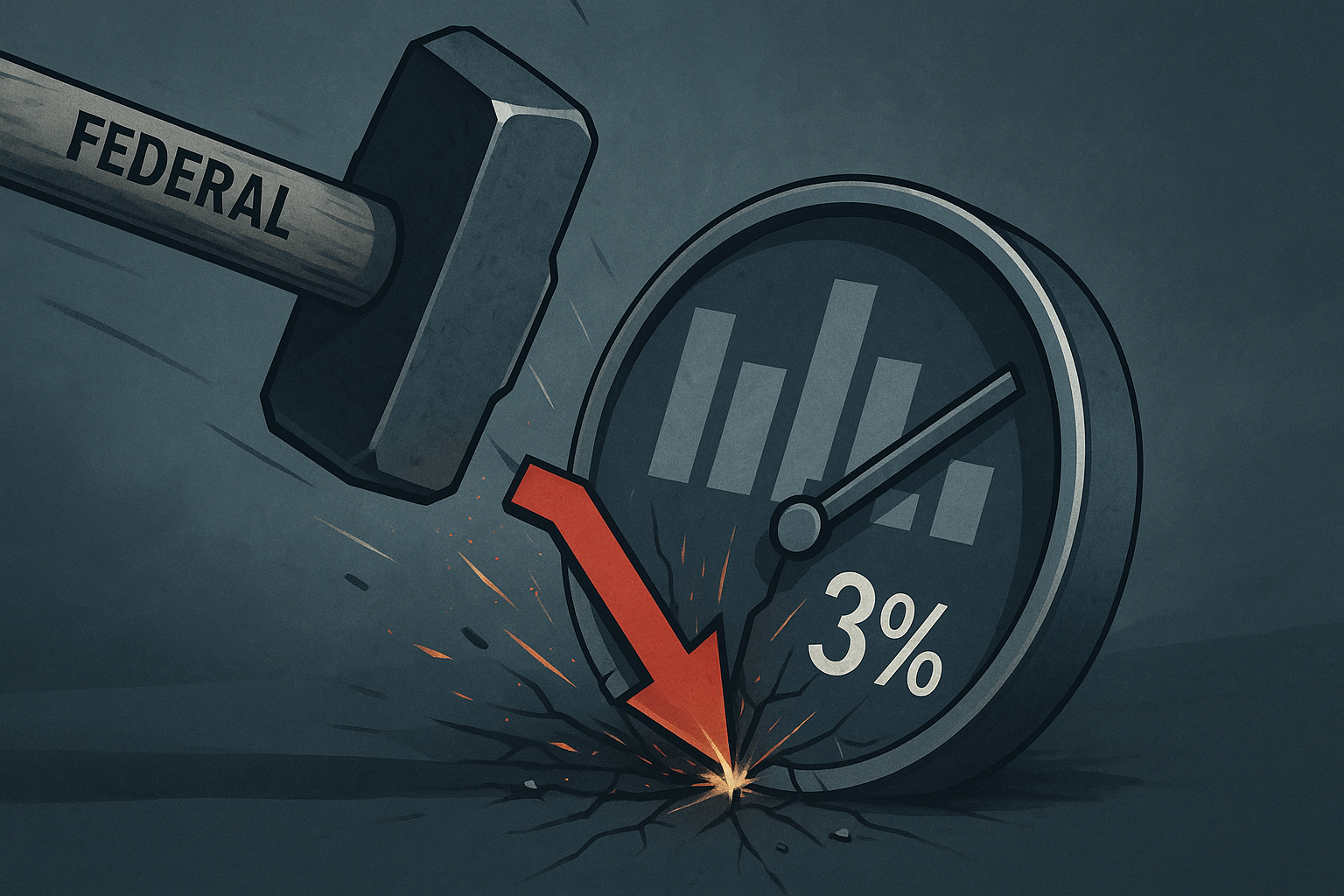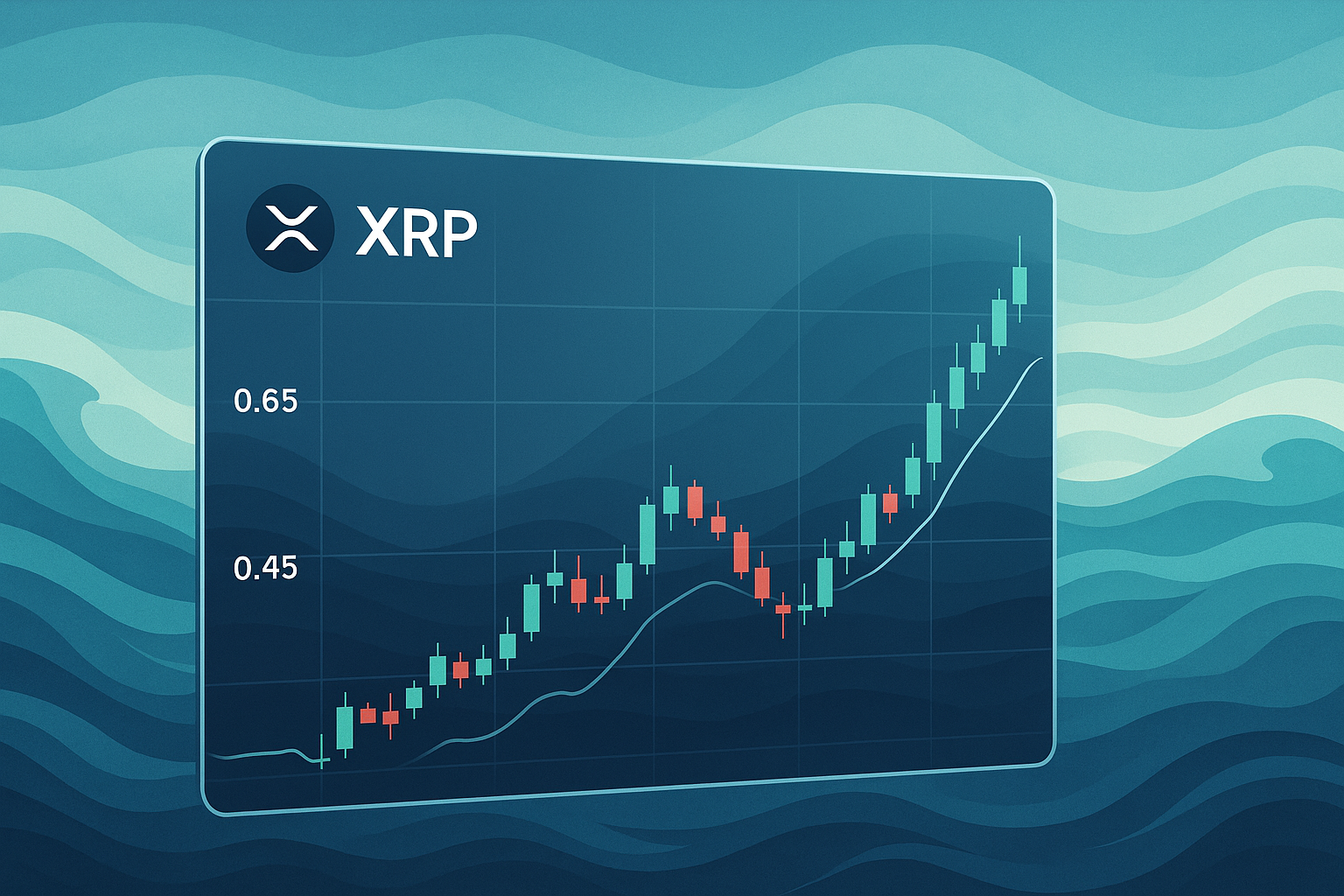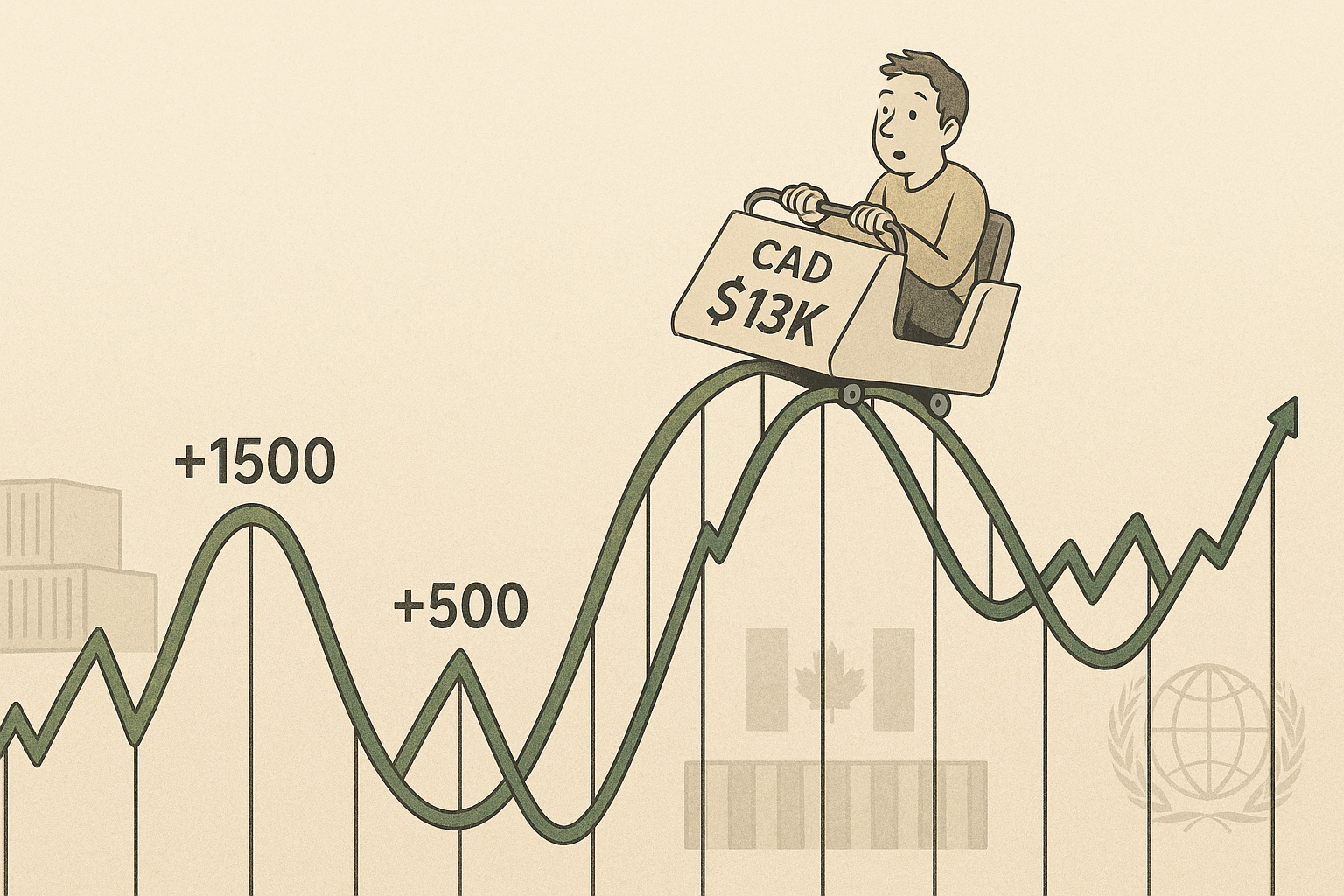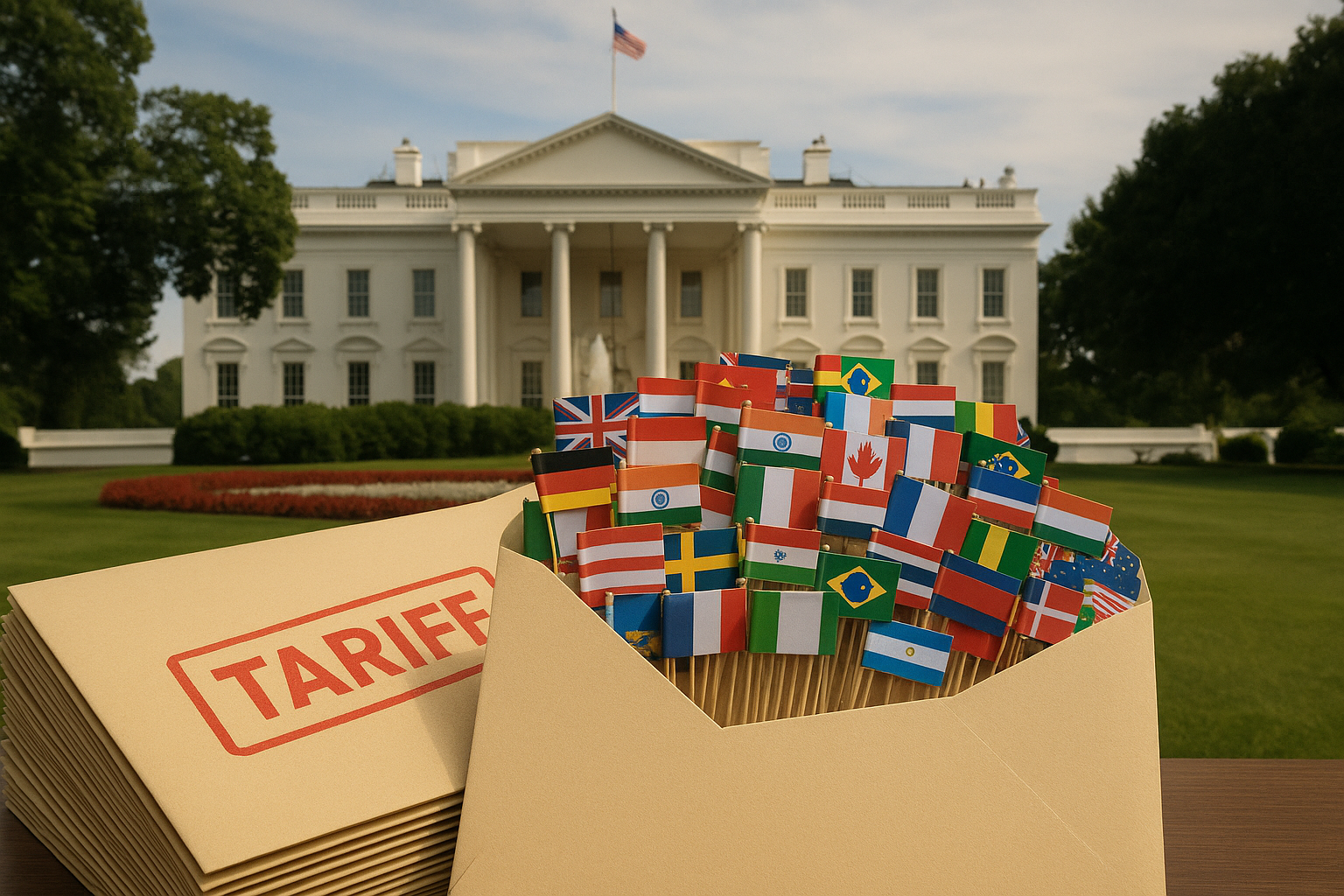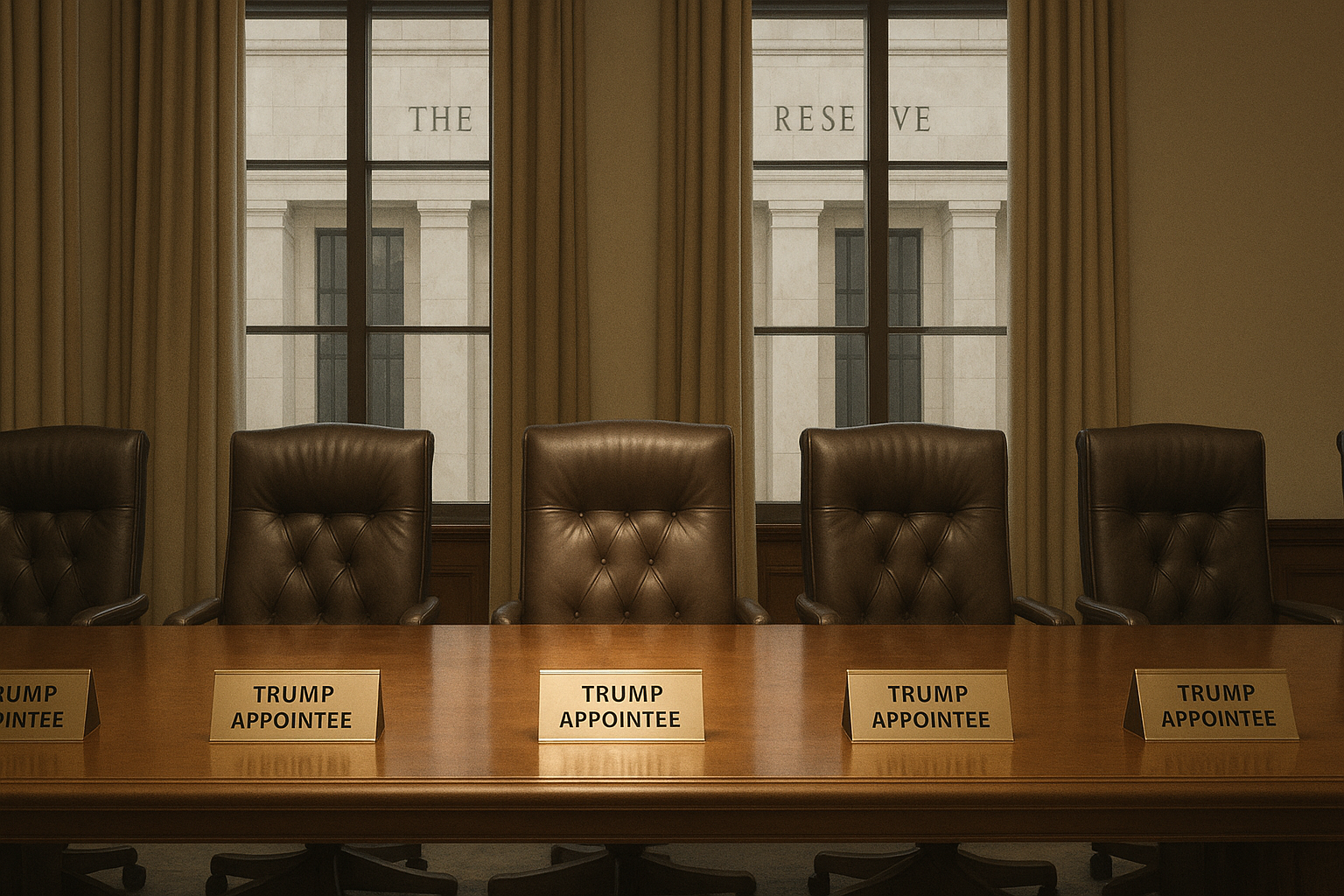The Federal Reserve is mulling over a 3% interest rate cut. Let that sink in for a minute.
Three. Entire. Percentage. Points.
We're not talking about those timid quarter-point nudges that financial analysts dissect for weeks on end. Not even one of those "bold" half-point moves that typically warrant special news alerts. This would be monetary policy with a sledgehammer—the kind of drastic action that fundamentally rewrites economic relationships we've come to accept as normal over the past couple of years.
I've been covering Fed decisions since the Greenspan era, and there's something almost comically predictable about market reactions to these things. Rates climb, and suddenly everyone's predicting economic doom. Rates fall, and those same voices start fretting about inflation making an unwelcome comeback—like that cousin who shows up unannounced and raids your refrigerator.
Powell's Ultimate Pivot
Make no mistake about what we're discussing here. A 3% reduction isn't transitioning from walking to jogging—it's more like teleporting from a leisurely stroll straight into an Olympic sprint. The Fed simply doesn't make moves of this magnitude unless they're seeing something in their economic forecasts that's genuinely alarming.
The textbook explanation would suggest this kind of action responds to some serious economic deterioration. Maybe unemployment suddenly spiking? Or perhaps credit markets freezing up like Chicago in January? But I'm not entirely sold on that interpretation.
When I talk with former Fed officials (and I spoke with two last week who requested anonymity), they often describe what one called an "asymmetric regret function." Fancy way of saying central bankers don't just calculate probabilities—they weigh how bad they'll feel if they're wrong in different directions. Some mistakes are embarrassing; others end up in economic textbooks for generations.
The Ripple Effects When Money Gets Cheap—Fast
So what actually happens when borrowing costs suddenly drop three full percentage points?
Everything. And also... weirdly... nothing.
The immediate impact would be enormous. Mortgage rates would tumble, potentially breathing new life into a housing market that's been sitting on the sidelines nursing its wounds. Consumer loans would cheapen, boosting everything from car sales to that kitchen renovation you've been putting off. Companies with floating-rate debt would suddenly find themselves with improved cash flows—like finding twenty bucks in your winter coat from last year, except multiplied by millions.
But markets look forward, not backward (at least in theory), and much of this effect might already be baked in if investors start anticipating the cut. Stocks would probably jump initially—lower discount rates mathematically justify higher valuations—but then quickly pivot to worrying about whatever economic disaster presumably forced the Fed's hand.
The Inflation Bogeyman Nobody Wants to Discuss
Look, inflation has been like that horror movie villain who keeps getting up after you're certain they're dead. A cut this size essentially broadcasts, "We're not that worried about inflation anymore." Which seems... well, let's just say "optimistic"?
The Fed has spent two painful years establishing its inflation-fighting street cred. A move this dramatic risks undermining all that work, potentially unanchoring inflation expectations—which, if you ever chat with central bankers after a few drinks, is what they fear most. (Not that I've tried this research method. Recently.)
Global Dominoes
Something that doesn't get enough attention? The international fallout.
A 3% Fed cut would almost certainly trigger significant dollar depreciation. For emerging markets drowning in dollar-denominated debt, this could be a lifeline. For Americans planning European vacations or buying imported goods? Not so much.
Other central banks would face enormous pressure to follow suit. The ECB, Bank of England, Bank of Japan—they'd all suddenly field uncomfortable questions about their own policy plans. Having covered international monetary policy coordination (or lack thereof) for years, I can tell you these conversations get tense.
Unintended Consequences Dept.
Here's where things get really interesting (if you're the type who finds monetary policy interesting, and hey, you're still reading, so...).
Financial markets have constructed entire ecosystems around certain interest rate assumptions. Insurance companies. Pension funds. Banking models. They all make long-term bets presuming gradual—not seismic—shifts in money costs.
A 3% cut creates winners and losers in ways that aren't immediately obvious. Banks might initially celebrate lower rates before realizing their net interest margins get squeezed as lending rates fall faster than deposit costs. I've watched this movie before, and the ending isn't always pretty.
Then there's moral hazard. Markets might read such a dramatic move as proof positive that the Fed will always ride to the rescue, encouraging even riskier behavior—exactly what typically creates the next crisis requiring intervention. It's monetary policy chasing its own tail.
Not Your Grandfather's Rate Cycle
The uncomfortable truth? A 3% Fed rate cut would signal we're not in a normal business cycle but facing systemic problems requiring extraordinary measures.
Whether such action would fix what's broken or just create different problems is the multi-trillion-dollar question. Like using a firehose to water an orchid, sometimes the cure proves worse than the disease.
But I suppose we'll find out together.
(Hmm, Treasury futures are looking pretty interesting tonight... but that's a story for another column.)
